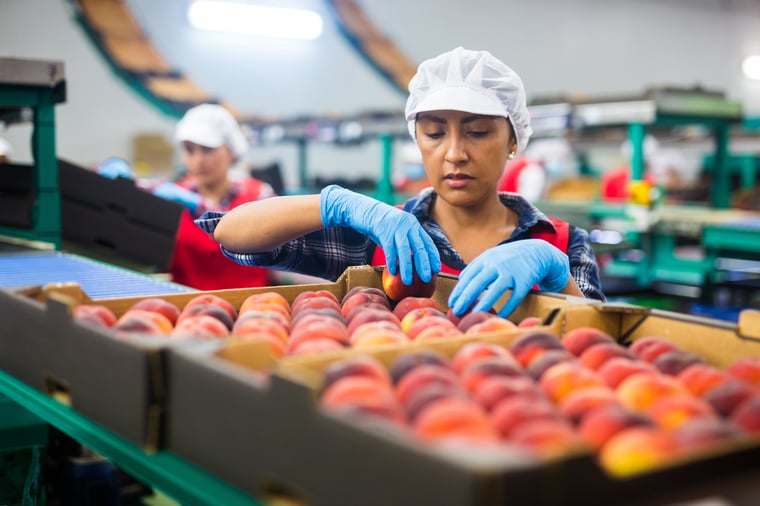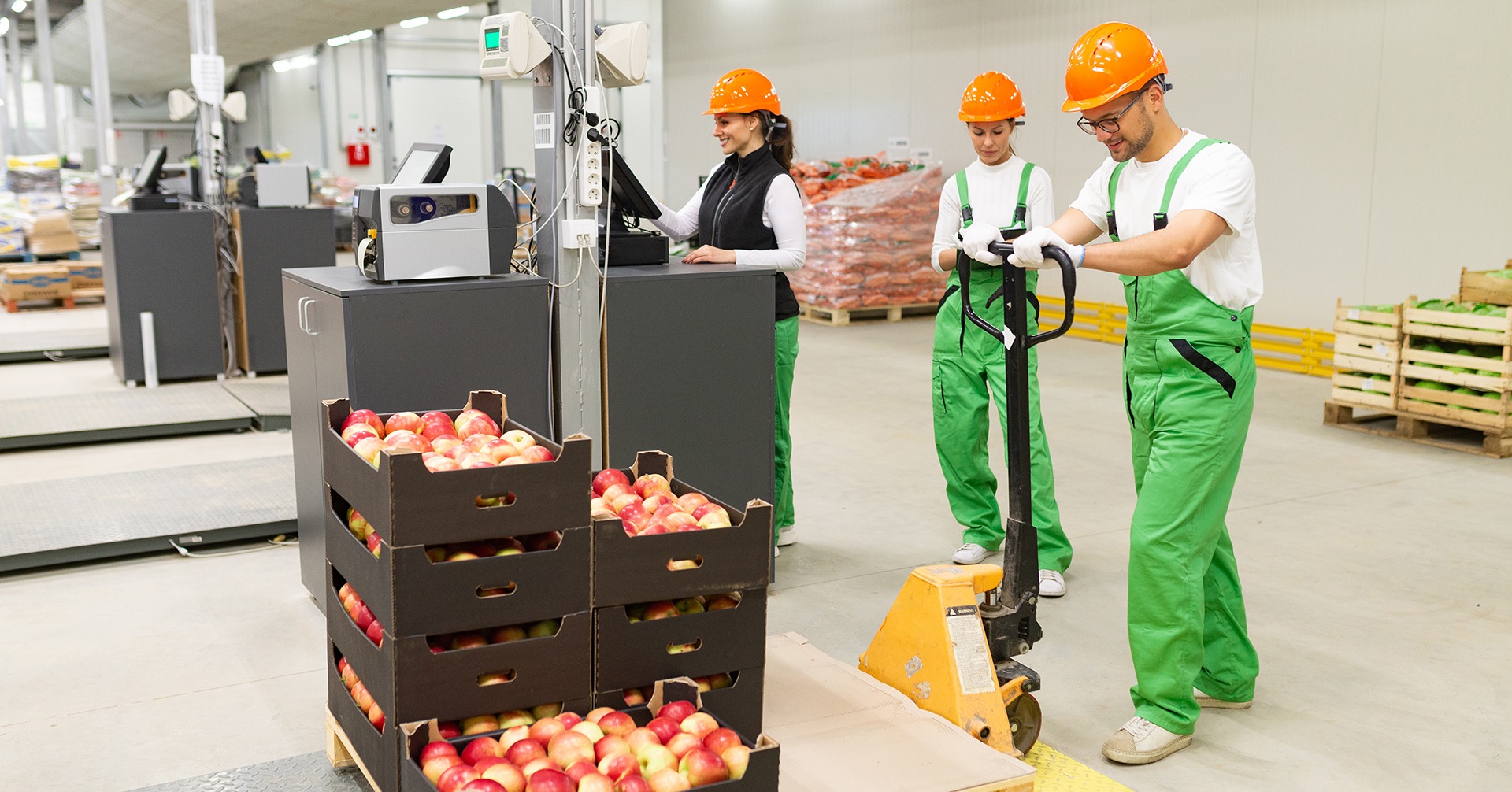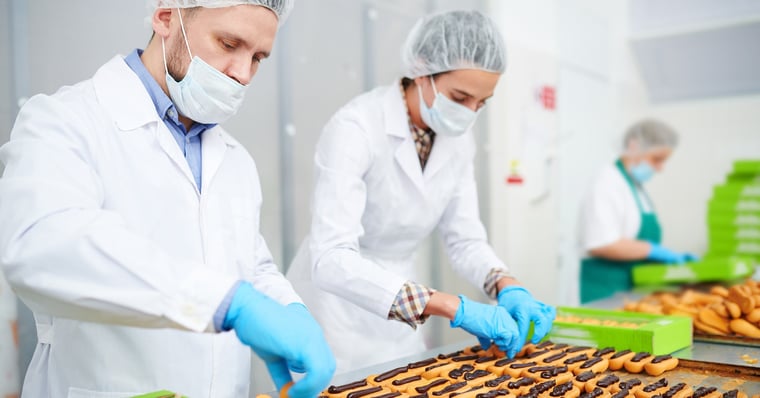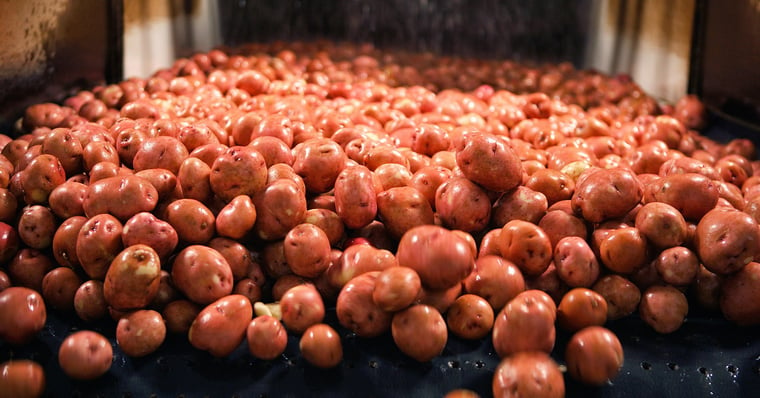As a result of rising costs, including the global energy crisis impacting supply chains worldwide, manufacturers in the food and beverage industry are constantly under pressure to boost revenue while simultaneously lowering costs.
So, how will investing in the right technology boost your profit margins and ensure your food or beverage business will survive in such a competitive environment? Let’s take a look.
- Allows you to keep up with customer demands
- Provides support with identifying up and cross-selling opportunities
- Reduces the impact of the energy crisis
- Keeps you compliant with industry regulations and standards
- Identify and eliminate ‘dead stock’
- Boost workforce efficiency
1. Allows you to keep up with customer demands
Consumer demands are forever changing and growing. For instance, with heightened awareness surrounding environmental concerns in food production, which was addressed at the recent COP27 summit, manufacturers must place their focus on creating food products that:
- Minimise waste – use offcuts and trimmings and create new product lines instead of disposing them (which ultimately improves your profit margins too)
- Are sustainably produced – with global warming becoming a rising challenge for all industries, customers are expecting manufacturers to produce less carbon emissions across their operations, driving many of them to incorporate net-zero carbon strategies within their future plans
It’s important to keep up with these expectations and even stay ahead, otherwise your consumers will decide to choose brands whose values align with theirs. In other words, they’ll buy from the competition instead of you.

The right technology can help you keep up with consumer demands by offering deeper insights into their behaviour patterns, from how they engage with your business (e.g., via phone or website), to understanding the products they’re most likely to purchase.
2. Provides support with identifying up and cross-selling opportunities
One of the quickest ways to increase revenue is to sell additional food products towards your loyal and happy customer base. As you’ve already got them engaged, your main focus should rest on building a solid rapport with your customers.
Why? By creating more meaningful relationships, trust is developed, so they’re more likely to think of your brand and choose you when they need a particular product.

Technology like AI can support your up-selling and cross-selling opportunities, as by analysing your customers interactions, you can easily provide personalised, targeted recommendations based on their past purchases.
AI can also alleviate the pressure from your customer-facing teams. With software like a chatbot on your website, customers can gain information about an order, item, or a general query without the need to talk to a representative, offering convenience and a higher chance of a sale in turn.
3. Reduces the impact of the energy crisis
Boosting your profit margins shouldn’t just rest on your ability to deliver better experiences towards your customers. You should also be exploring how you can reduce your operating expenses in light of the energy crisis.
For instance, it’s now found that over 60% of UK food manufacturers are facing increased pressures on their profit margins due to rising energy costs, with manufacturers now looking for innovative ways they can best utilise their resources, including managing their production and waste across their supply chain.
By introducing technology into your organisation, you’ll be able to:
- Improve quality control – repairing machinery early helps you avoid excessive power consumption as well as save on time and staff cost
- Become more flexible and scalable to changes in demand – with accurate and timely insights, you can increase or reduce the production of a particular food product depending on customer behaviour, so you can cut back on operating waste

- Implement regular maintenance schedules – automated technology makes it easier to follow a regular maintenance schedule, keeping you in the loop with the status of all your equipment and prevent any losses due to breakdowns. Tech can also help you pinpoint machinery that’s using more energy than usual and cut out heat waste
4. Keeps you compliant with industry regulations and standards
It’s not just consumer demands that are changing, industry regulations and standards are too. Similar to consumer demands, it’s important to keep up with these expectations to not only avoid losing out to the competition, but also avoid the serious repercussions of non-compliance (such as heavy fines and a damaged brand reputation).

The right technology will give you increased visibility into your processes, so it’s easier to:
- Track which materials are being used for what products – keep a closer eye on the expiration dates of your ingredients, enabling better stock rotation
- Gain a deeper insight into the ingredients entering your supply chain – in 2022, chocolate manufacturer Kinder had to recall their Kinder eggs due to traces of salmonella, highlighting the need for effective traceability technology that can track and trace ingredients all the way through the supply chain
- Become more flexible to change your processes – with the recent packaging tax on food businesses for example, you’ll be able to quickly identify where you can reduce the amount of plastic wrap you use and cut down these costs
5. Identify and eliminate ‘dead stock’
If you can manage your inventory more precisely, you can make some significant cost savings. One thing to look out for is unsold stock which may have been in your warehouse or manufacturing facility for a long time. This is also known as ‘dead stock’.
When you have a food-specific solution in place, it’s much easier to monitor your inventory levels and keep an eye on these dead stock levels.

This boost in business intelligence and visibility can help you make more informed decisions surrounding your inventory, better monitor each product’s lifecycle, comply with regulations, and enhance forecasting, all saving you money.
6. Boost workforce efficiency
If your business is mostly relying on people, spreadsheets, and multiple disparate systems, it’s difficult to see what’s happening in real-time across your manufacturing operations. That means it’s even more difficult to monitor how your processes are performing and identify any areas that aren’t operating as efficiently as they should.
After all, a loss in efficiency means loss in productivity – which includes time and money.
A food-specific solution can help you connect all your systems to gain a singular view of your business. For example, if you request a report from your IT team, it can take them several days to pull this together due to the complexity of the data. By the time you receive this report, some of the data is already outdated, which can be critical due to the perishability of fresh food.

The right technology can not only ensure your data is up to date and streamlined, but also give time back to your IT teams so they can perform other important tasks at hand.
Explore more of the latest trends helping food manufacturers maximise their profitability
With the current challenges facing the food industry, there’s no doubt that implementing the right solution will help you cut down your operating costs, from dealing with the current economic crisis to optimising your current processes.
In our future of food guide, we dive deeper into the technology that will drive efficiency across your supply chain, from your production lines to your customer-facing teams, as well as:
- The latest consumer trends for the remainder of 2022 and beyond
- How technology generates value towards your key stakeholders
Get your copy below.

